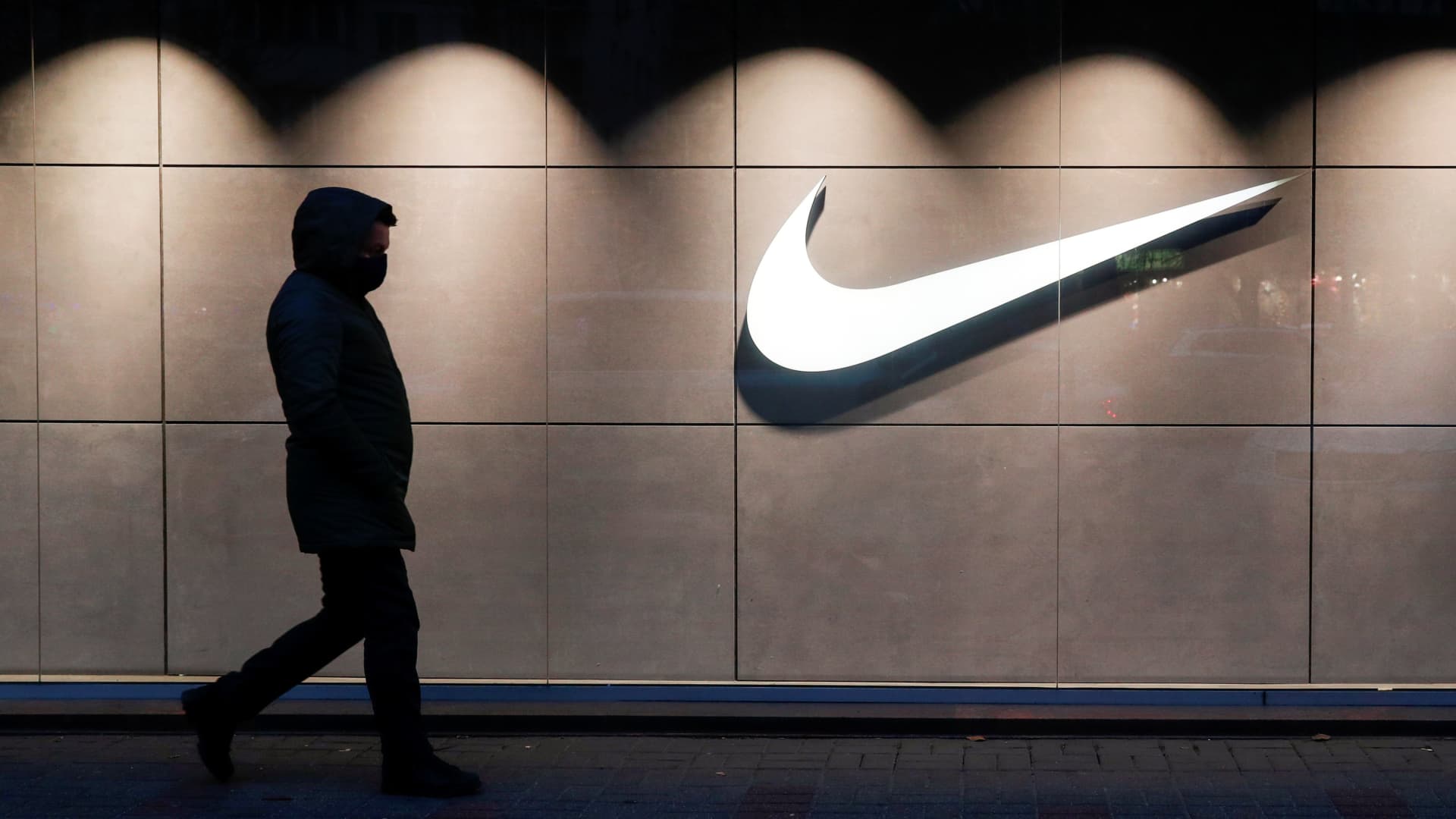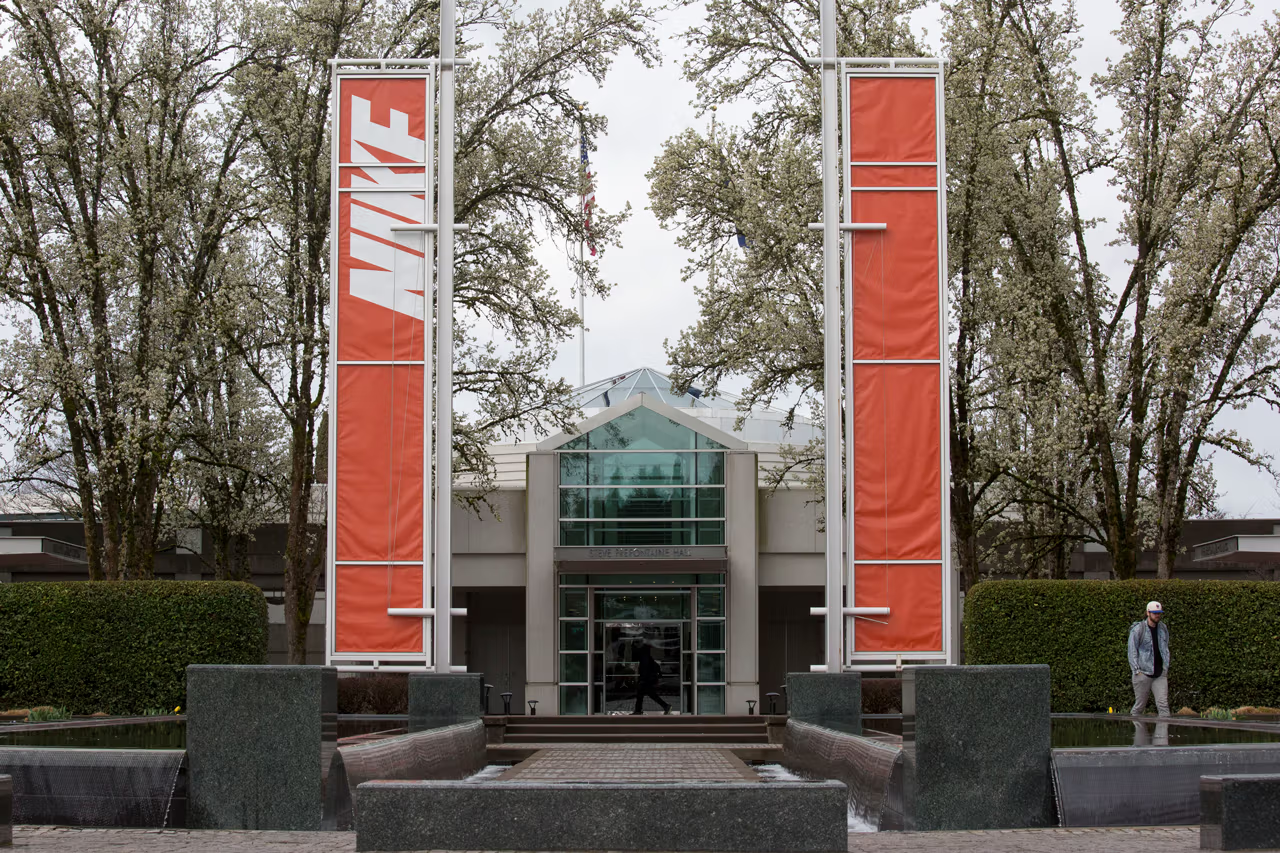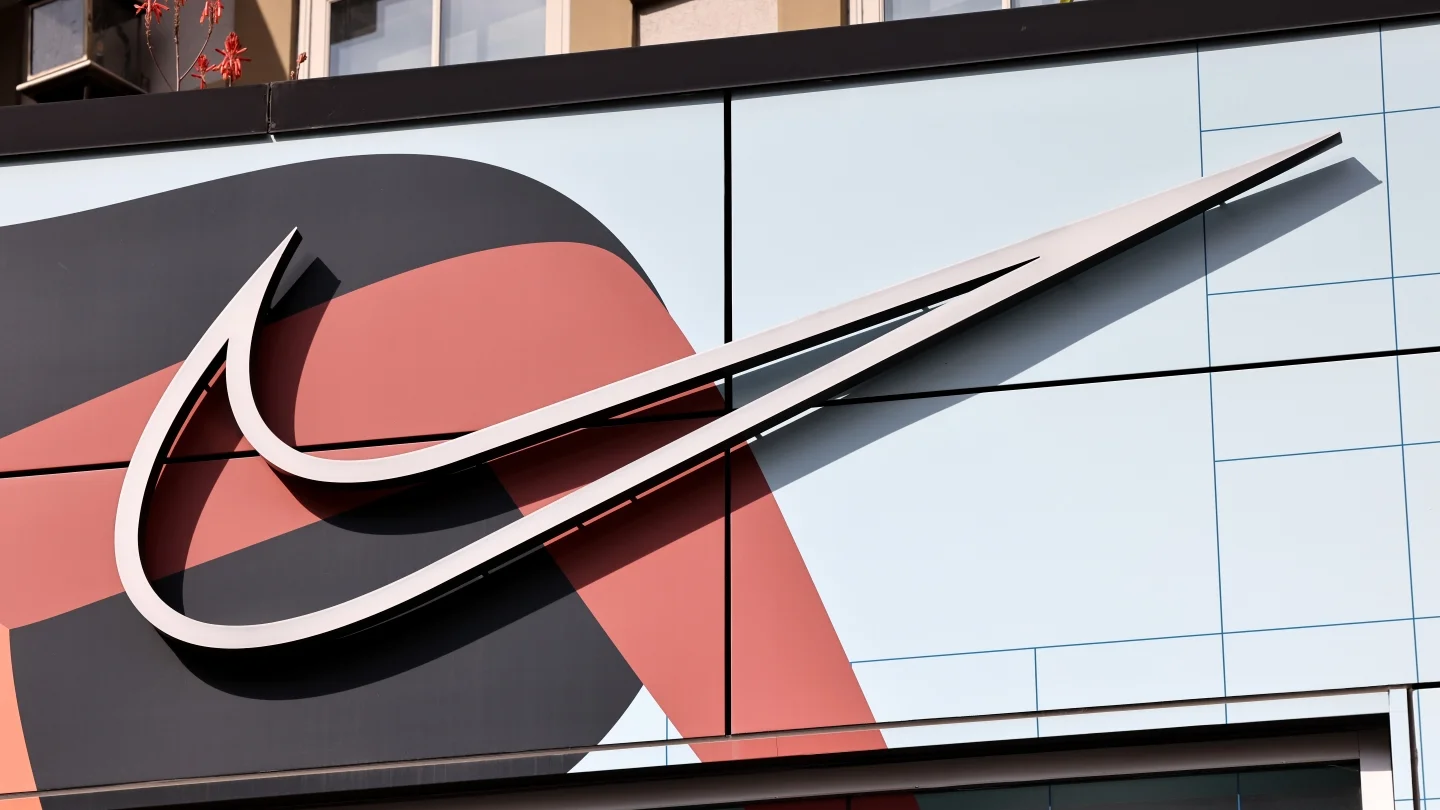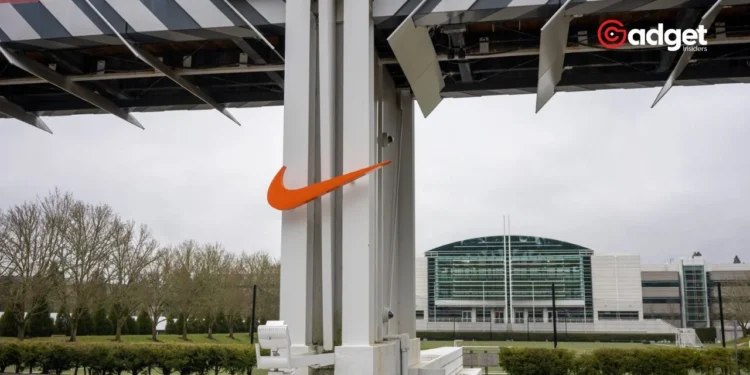At the sprawling 400-acre Nike headquarters in Beaverton, Oregon, a significant shift is underway that could ripple through the local economy. The sports apparel giant, one of Oregon’s largest employers, recently announced a 2% reduction in its global workforce. This cut translates to 740 jobs at its Beaverton campus alone, a move that is raising concerns about the economic well-being of the region.

The Strategy Behind the Cuts
During its latest earnings call, Nike reported flat revenue and outlined a strategic pivot aimed at enhancing direct-to-consumer sales and reducing overhead costs. “Nike for years has been known for having layers and layers of management,” Matt Powell, a consumer practice advisor with BCE Consulting, explained to Axios. “Now, they’re trying to cut out a big chunk of expenses, to try to make the U.S. business more profitable.” This restructuring includes streamlining its leadership framework to better align with the company’s long-term goals.
The Local Economic Impact
The layoffs at Nike are not just numbers on a page; they represent a significant portion of the workforce in Washington County, where Beaverton is located. With Nike’s headquarters employing approximately 11,400 people, the layoffs in April accounted for more than 6% of its local workforce. According to Damon Runberg, an economist with Business Oregon, this reduction could potentially increase the county’s unemployment rate from 3.7% to 3.9%. Although this seems like a small numerical change, the effects could be deeply felt on the ground.

A Hit to High-Wage Employment
The significance of these layoffs extends beyond mere employment numbers. The positions eliminated largely belong to Nike’s North American group, encompassing a mix of management, strategy, and product development roles. “People in this sector have an average annual wage of $148,000, considerably higher than the statewide average,” Runberg pointed out. The loss of these high-wage jobs is particularly troubling because these employees drive a disproportionate share of discretionary spending, which supports local businesses and services.
Nike’s Statement and Future Directions
In response to the layoffs, Nike issued a statement emphasizing the strategic nature of their decision: “The actions that we’re taking put us in the position to right-size our organization to get after our biggest growth opportunities as interest in sport, health, and wellness have never been stronger.” This suggests that while the immediate impacts are challenging, the company is positioning itself for more sustainable growth that could potentially benefit the community in the long run.

Conclusion: A Balancing Act
The situation at Beaverton headquarters is a microcosm of the challenges facing global corporations today: balancing profitability with local economic health. As Nike adjusts its strategies to meet changing market demands, the community of Beaverton must brace for the economic fluctuations that come with being home to a major global player. The hope is that this painful adjustment period will lead to a more robust and focused Nike, which could ultimately bring greater stability and prosperity to the region. As Beaverton navigates these changes, the resilience of its economy—and the adaptability of its workforce—will be put to the test.










